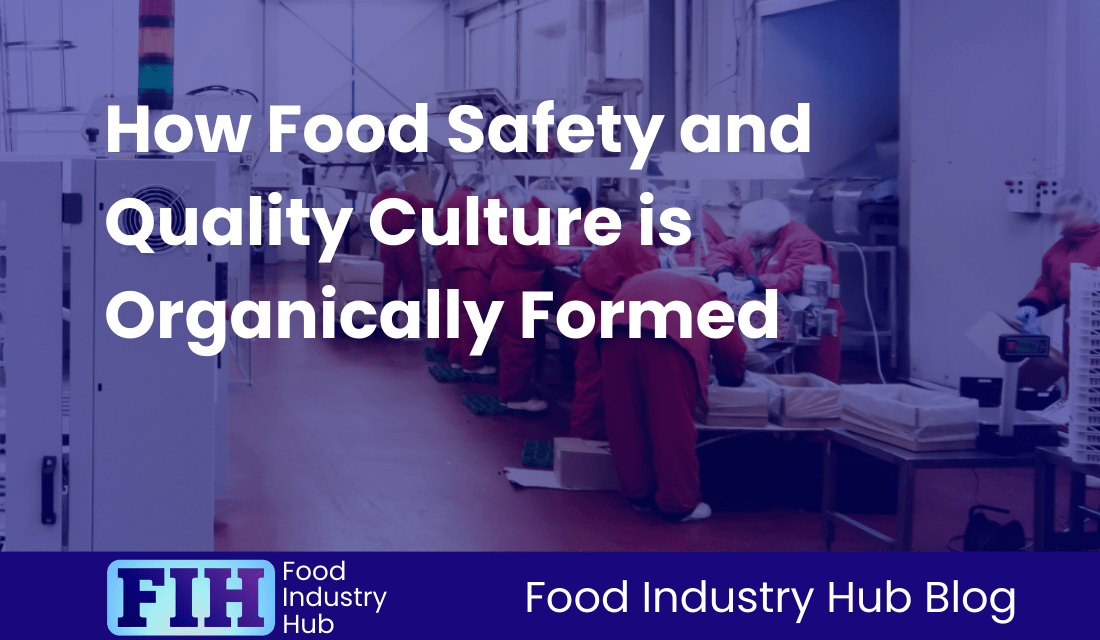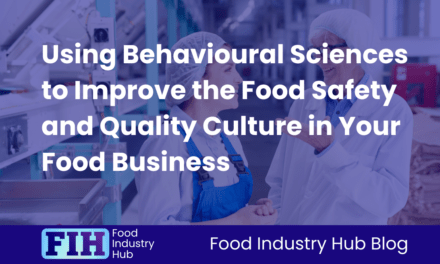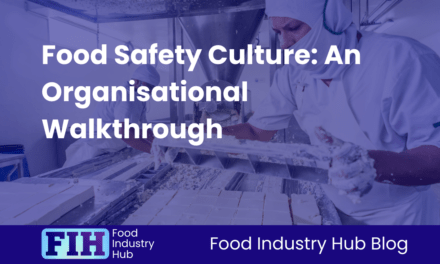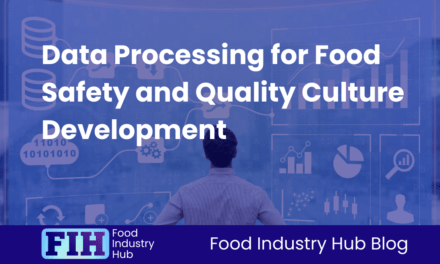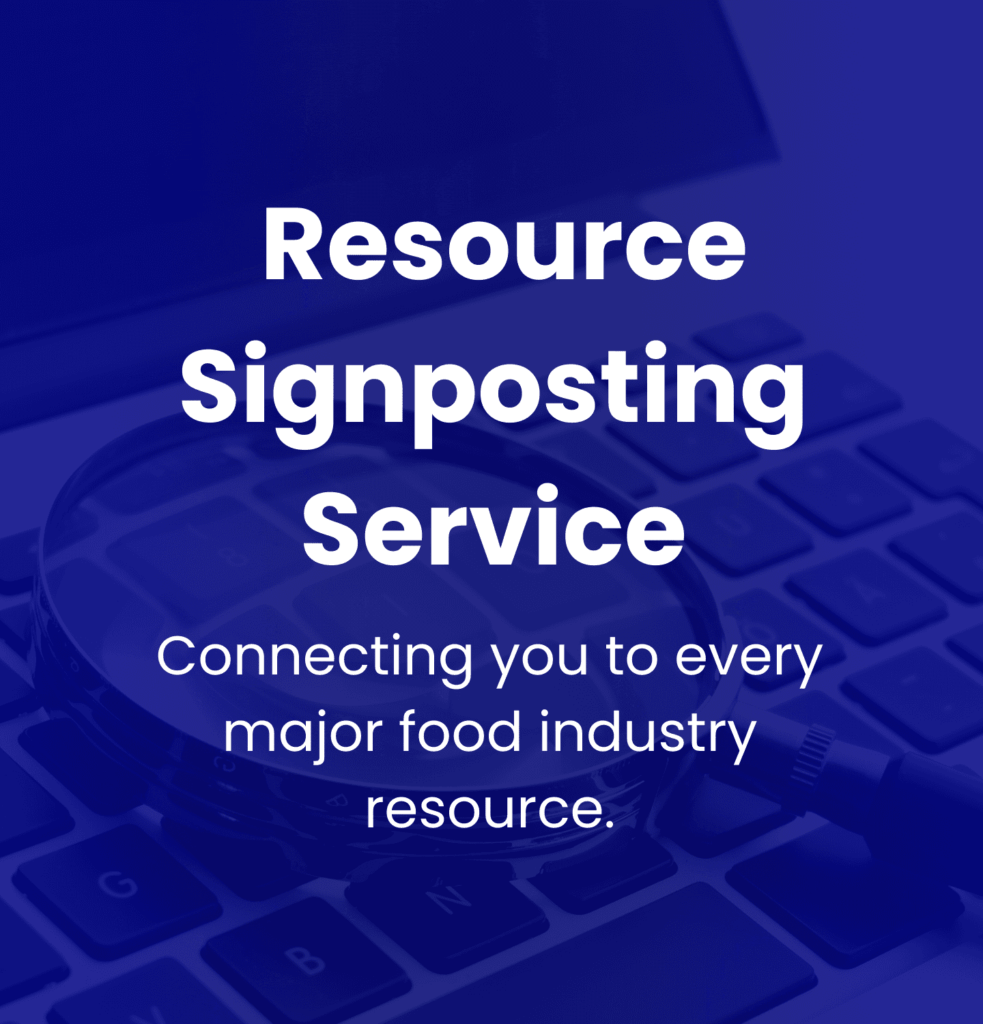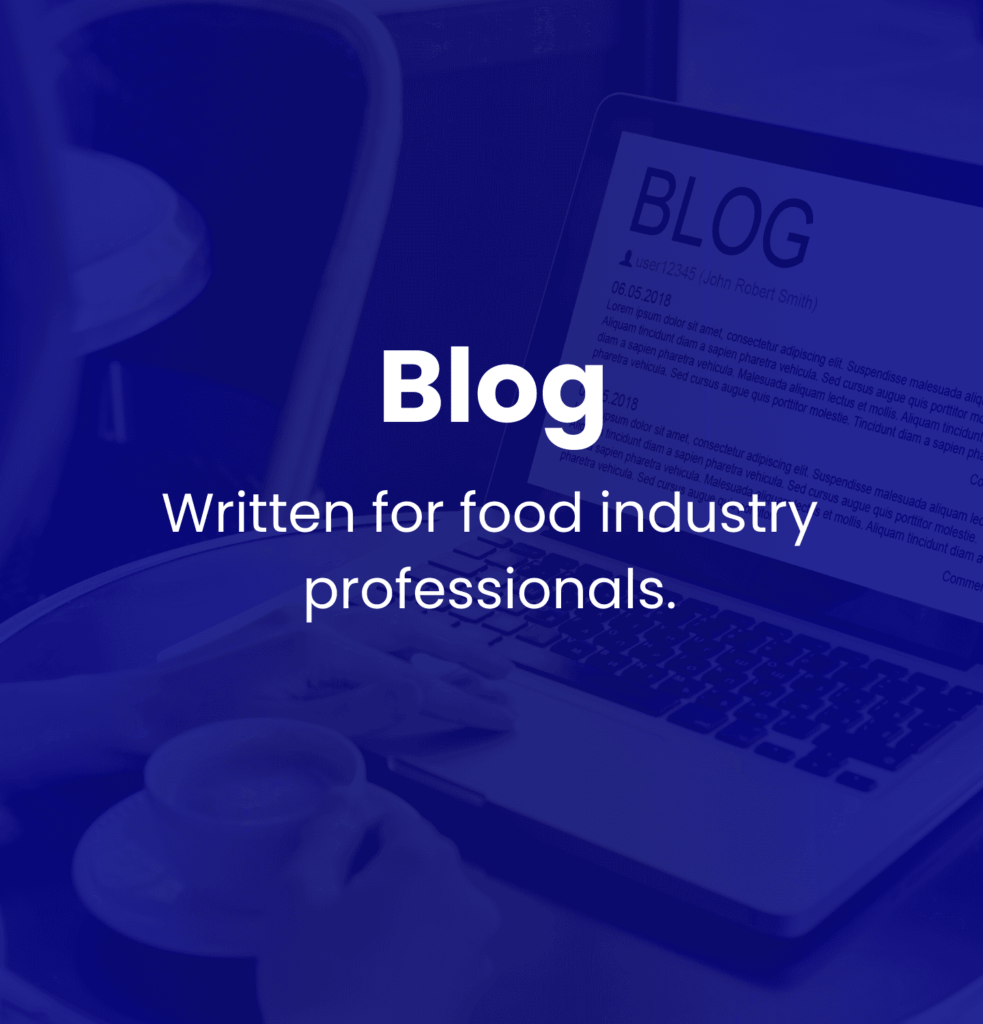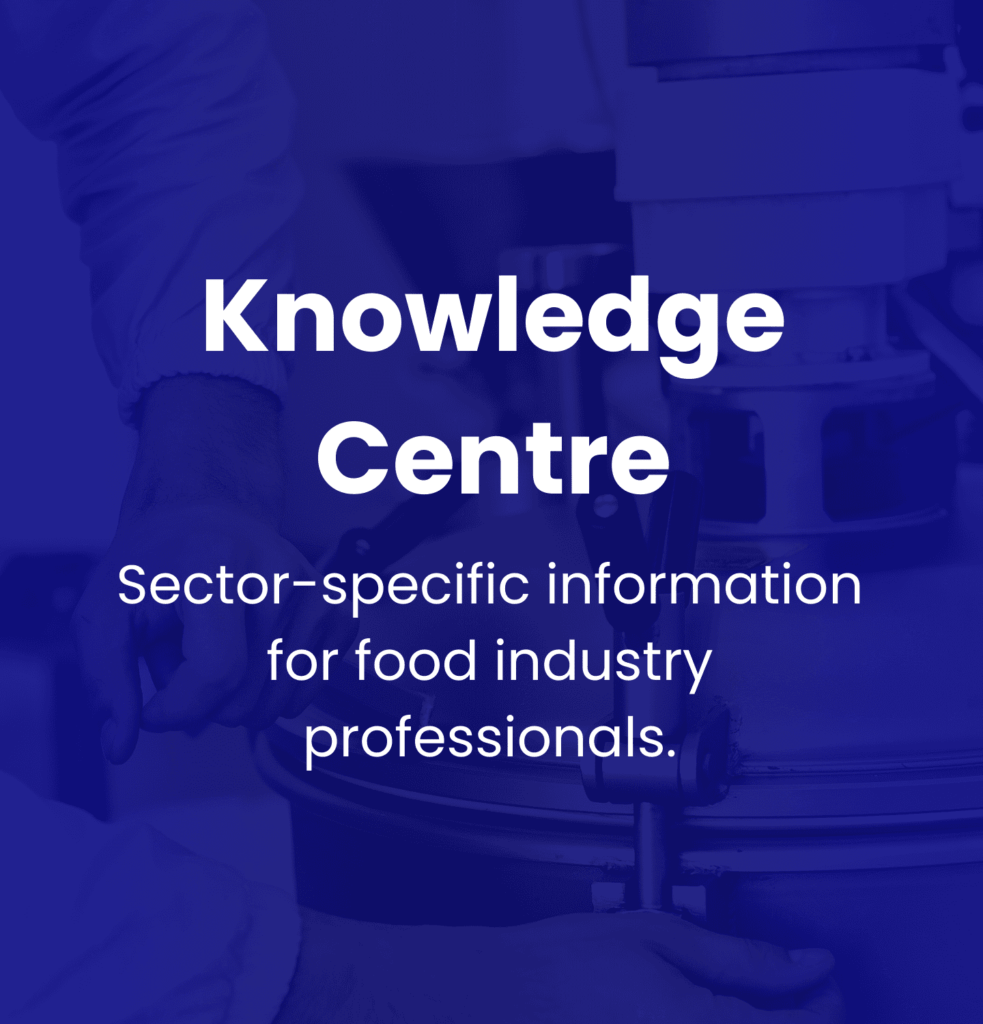Introduction
Every organisation has a food safety and quality culture, whether it has been intentionally shaped or allowed to develop organically. It’s the nature of the culture, rather than its existence, in question here. A fragmented or conflicted food safety and quality might not be desirable or effective – but underrepresentation of food safety and quality values does not negate the existence of an existing culture.
Many food manufacturers find themselves in a position of attempting to introduce a food safety and quality culture rather than assessing the profile of the existing culture. It would be a mistake to think about development of the food safety and quality culture in this kind of way – quality culture needs to be harmoniously integrated into the business’s total organisational culture, not layered on top of it.
Any factors led to the formation of the existing culture will continue to exert their effect alongside any new or intentional interventions. In this post, we’ll explore some of the easily overlooked factors that may influence the organic formation of internal culture.
Table of Contents
○ Authoritarian Versus Consultative Management
○ Management Sincerity/Credibility
○ Messaging and Reinforcement
○ Reporting Mechanisms and Facilitating Feedback
○ Clarity of Instruction and Feasibility of Compliance
○ Training and career development
○ Employee Satisfaction or Resentment – The Spectrum From Food Safety Champion to Malicious Activist
○ FAQ
○ In Summary
Authoritarian Versus Consultative Management
Authoritarian management, characterised by top-down decision-making and a strict hierarchy, has historically been the norm in many industrial sectors. However, applying this approach to food safety and quality culture can stifle innovation and hinder continuous improvement efforts. When decisions are confined to a select few, the wealth of insights and expertise from frontline employees remains untapped. Such an environment may inadvertently discourage employees from actively participating in quality initiatives, limiting their sense of ownership and commitment to best practices.
On the other hand, consultative management offers a paradigm shift that aligns with the complex nature of food safety and quality. This approach acknowledges that every team member plays a pivotal role in maintaining high standards. By involving employees at all levels in decision-making processes, consultative management not only empowers them but also encourages a collective responsibility for safety and quality. Regular cross-functional collaborations, open dialogue, and knowledge-sharing forums become the foundation of a consultative management approach. This fosters a sense of inclusivity, where diverse perspectives merge to identify risks, devise innovative solutions, and proactively adapt to evolving compliance requirements.
The implementation of consultative management, however, demands strategic orchestration. Senior professionals must facilitate a culture that values open communication, welcomes constructive feedback, and rewards initiative. Regular training and skill development initiatives can empower employees to contribute meaningfully to the decision-making process. Furthermore, consultative management doesn’t imply the absence of leadership. Instead, it necessitates visionary guidance that charts the course and aligns the collective efforts towards a shared food safety and quality vision.
The act of employing consultative management approaches has the coincidental effect of educating and up-skilling people throughout the site. When managers explain why decisions are being made, or why actions are necessary, the delivery of instructions becomes educational.
While authoritarian management may benefit from swift decision-making, consultative management stands as a beacon for nurturing a resilient and adaptive culture.
Management Sincerity/Credibility
Suppose a food manufacturer’s management team sign a food safety and quality policy, and put up displays that say things like ‘Quality is our top priority’. These are actions that express values.
Now, suppose the same management team falsifies signatures on hygiene inspection records, or declines to allocate funds into training and development budgets. These are actions that express different values.
Not all values are expressed verbally, but all sincerely-held values are reflected in actions and decisions. If there is conflict between stated values and the values implied by actions, only the values reflected by actions will be accepted as credible.
Every instance of hypocrisy of action compared to stated values chips away credibility from the stated values.
Socially, if someone keeps saying one thing and doing something completely different, we understand that person to be a liar. Not to be trusted.
Culturally and managerially, it’s a slightly different dynamic. It’s hard to apply the mental outlook one might hold about a specific person to a management team. But without tripping up over the detail, the outcome is the same. If you want people to believe you when you say food safety and quality are priorities in the future, it needs to be consistently reflected in your actions.
Fundamentally, this is the ‘cost’ of food safety and quality values: you have to live by them.
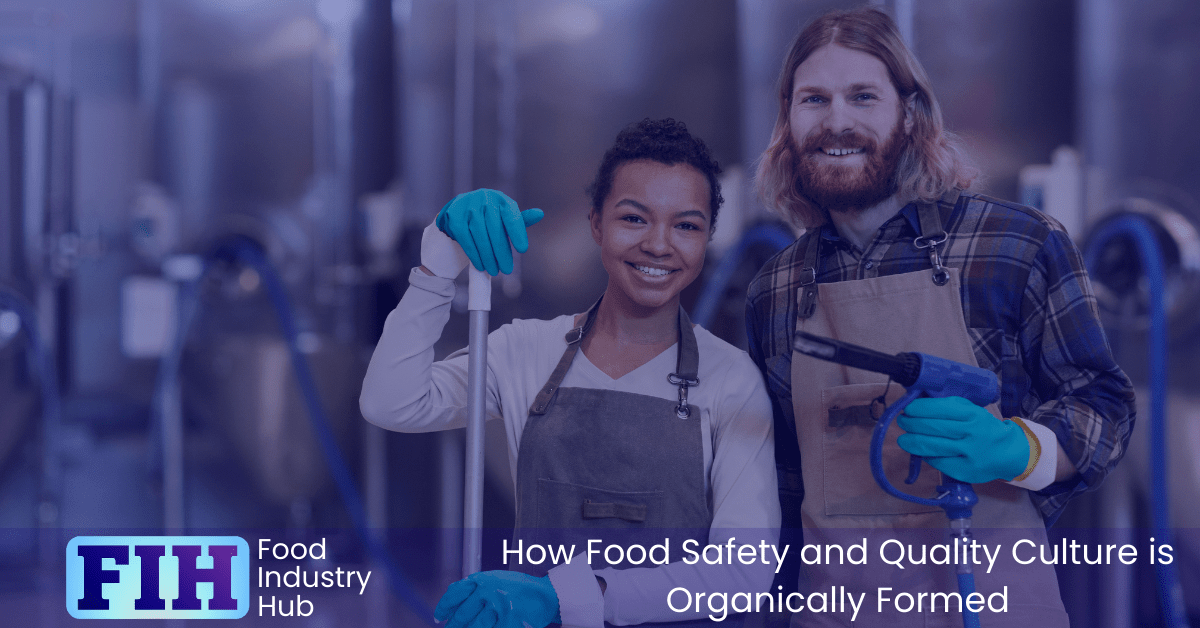
Sign-up for the Food Industry Hub Mail Service
We regularly produce new content for food industry professionals, and the Food Industry Hub Mail Service is the best way to stay up to date with the latest additions.
Signup today to be added to the Food Industry Hub mailing list.
Messaging and Reinforcement
Messaging serves as the cornerstone of instilling a culture of food safety and quality. Crafting clear, concise, and compelling messages is essential to convey the importance of the values the business holds – and the attitudes and behaviours expected from employees. The messaging should not only inform but also resonate with employees at all levels, bridging the gap between technical jargon and relatable real-world scenarios. Whether through training materials, workshops, or digital platforms, the messaging should emphasise the “why” behind each practice, illustrating how individual contributions collectively safeguard the integrity of the final product. Effective messaging taps into the intrinsic motivation of employees, nurturing a sense of purpose and responsibility that extends beyond routine tasks.
However, messaging alone is not enough; strategic reinforcement is the linchpin that transforms knowledge into habitual action. Reinforcement mechanisms, when thoughtfully integrated, create a cycle of continuous improvement. Regular audits, inspections, and performance evaluations provide tangible opportunities to align behaviours with messaging. Constructive feedback, both positive and corrective, underscores the significance of consistent adherence to safety and quality protocols. Recognition and rewards further solidify the connection between compliance and individual contributions. Reinforcement also involves facilitating open channels for employees to voice concerns and suggest improvements, fostering a sense of ownership and partnership in upholding standards.
The synergy between messaging and reinforcement hinges on consistency. Reiteration of key messages through diverse channels ensures that they are internalised over time. Additionally, reinforcing the same core values and practices consistently demonstrates leadership’s unwavering commitment to food safety and quality. The messaging and reinforcement cycle operates as a virtuous loop, each reinforcing the other to create a culture where safety and quality are not just obligations but intrinsic components of the organisational DNA.
Reporting Mechanisms and Facilitating Feedback
If communication is important for culture, reporting mechanisms could be thought of as the structure for organisational communication. This is the way information exchange is facilitated throughout a business, and its food afety and quality management system.
A transparent, accessible, and user-friendly reporting system is the cornerstone of early risk detection and resolution. Whether it’s through digital platforms, anonymous suggestion boxes, or direct communication channels, employees at all levels must have a clear pathway to report concerns, near misses, or potential deviations from established standards. The reporting process should be accompanied by comprehensive guidance, ensuring that incidents are accurately documented and categorised. This ensures that the right corrective actions are promptly initiated, and preventive measures are taken to mitigate similar occurrences in the future.
Facilitating feedback within the realm of food safety and quality culture goes beyond the mere exchange of opinions; it cultivates an environment of mutual learning and empowerment. Constructive feedback mechanisms should be embedded throughout the organisational structure, facilitating upward, downward, and lateral communication. Regular forums, such as cross-functional meetings and quality circles, create platforms for open dialogue, knowledge sharing, and idea generation. When employees feel their insights are valued and actively contribute to the improvement process, they become invested stakeholders in upholding safety and quality standards.
Systematic feedback loops, where reporting mechanisms intersect with the quality management system, magnify the impact. Every reported incident or concern should trigger a systematic response that not only addresses the specific issue but also feeds into a cycle of improvement. Regular follow-ups, investigation outcomes, and action plans should be communicated transparently to the workforce. Positive outcomes resulting from feedback should be celebrated and shared to reinforce the value of reporting. This dynamic interplay between reporting and feedback transforms a culture where compliance is a task into one where safety and quality become shared objectives, propelled by an informed and engaged workforce.
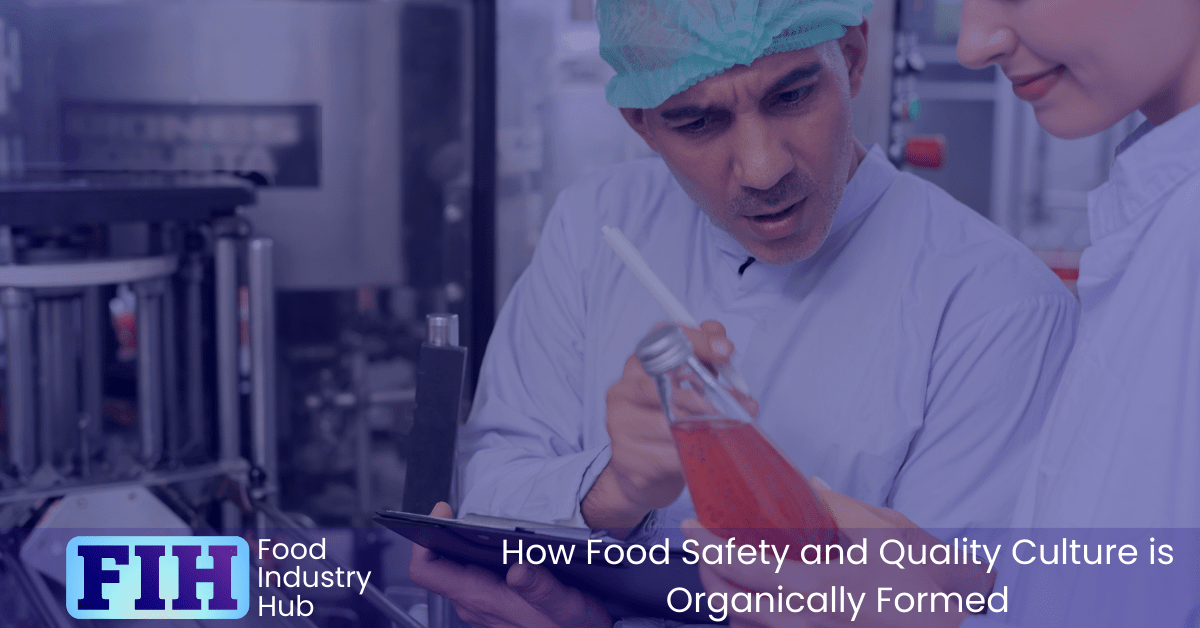
Clarity of Instruction and Feasibility of Compliance
A mature food safety and quality culture goes beyond compliance, but it’s generally reasonable to expect that behaviours expressed in a culture of safety and quality would result in compliance with management structures and assurance schemes.
In order for compliant behaviours to be possible, instructions and operational systems need to be clearly communicated and understood.
Ambiguity or vagueness in instructions can introduce unnecessary complexities, leading to misinterpretations and deviations. In the context of food safety and quality culture, every step of the process, from sourcing ingredients to packaging and distribution, hinges on precision. Clear instructions are the roadmap that guides employees’ actions, ensuring that every task aligns with established standards and best practices.
However, the challenge lies in striking a balance between technical detail and practical application. Overly complex instructions, laden with industry-specific jargon, can overwhelm employees and inadvertently hinder their ability to comply. To bridge this gap, senior professionals must adopt a language that is easily understandable and relatable to all levels of the workforce. Visual aids, flowcharts, and interactive training modules can serve as powerful tools to convey complex processes in a digestible manner. The goal is to ensure that every employee, regardless of their role or background, can grasp the essence of the instructions and execute tasks with competency and understanding.
Regular training sessions, workshops, and one-on-one interactions create spaces for employees to seek clarifications, share insights, and express concerns. Feedback loops should be established to capture real-world challenges faced during compliance efforts, enabling continuous refinement of instructions. Furthermore, a culture of approachability and receptiveness among senior professionals instils confidence among employees to raise questions, ultimately fostering a collaborative environment that drives compliance with unwavering precision.
Training and career development
People are invested in their own success. If you want to align individuals’ values with those of the organisation, then the business will need to demonstrate that the values it holds are compatible with those of employees’ personal values.
Career-minded individuals will want to see a progression pathway for their own advancement. This can easily be laid out in a personal development plan, defined objectives for success, and a shared understanding of realistic timelines.
If a person is frustrated with career stagnation, feels undervalued, and does not believe there is an opportunity for them within the organisation, it would be absurd to expect that person to embrace the company’s values.
Conversely, providing people with assurances that there is an intention for advancement and a plan for how it will happen is a very good way to make employees feel invested. It facilitates the alignment of personal and organisational values.
Businesses can actually structure things like skills dissemination and succession management around this. For example, you could…
○ Make it a policy to preferentially promote people into positions rather than recruit externally (with external recruitment preferred for junior positions).
○ Have people step up into their supervisor/manager’s position for absence cover rather than having the previous role holder step down to cover absences.
○ Where employees express a desire to move into a specific role, have the current role holder in that position mentor them in preparation for transition.
○ Allocate a budget for every employee to access learning materials without needing approval.
○ Use annual reviews as opportunities to develop people toward their career aspirations.
Sometimes it can seem like there is a conflict of interest when it comes to employee advancement. If you promote people, you have to pay them more – and many businesses are reluctant to increase employee compensation. If the employer holds all the negotiating power, why lose ground financially?
This, of course, is a short-sighted and defeatist point of view. Successful businesses are generally successful because they benefit from successful individuals committing themselves to the interests of the company. The prize for ‘winning’ the negotiation and keeping pay low is a company staffed by unsuccessful people. If you create an environment where people can’t even service their own interests, how much can you really expect people to champion the interests of the business?
When people are advanced into more senior positions, they should get different responsibilities and should not retain their previous accountabilities. They should be given pay adjustments to reflect the value of the position they are moving into (based on current market value) and should not be anchored to the compensation associated with their previous role. Advancement must be meaningful.
Properly aligning the values and priorities held be employees with the business’ ideals for skills retention, professional excellence, and institutional stability in this way serves both the individual and the business. Leaving people with no better options for professional advancement than moving to one of your competitors will alienate even the most loyal of professionals.

Employee Satisfaction or Resentment – The Spectrum From Food Safety Champion to Malicious Activist
The spectrum of employee attitudes can shape the very essence of a food safety and quality culture. For senior professionals entrusted with upholding these standards within food manufacturing companies, understanding the continuum from a food safety champion to a potential malicious activist is vital.
At one end of the spectrum lies the food safety champion – the embodiment of commitment, dedication, and proactive adherence to safety and quality protocols. These employees are the advocates who elevate best practices to an art form. They actively seek out opportunities for improvement, willingly participate in training, and engage in knowledge-sharing forums. Their enthusiasm is infectious, creating a positive ripple effect throughout the workforce. Recognising and nurturing these champions is essential – they serve as cultural pillars, influencing their peers and fostering a collective commitment to upholding industry standards.
At the other end of the spectrum lies the potential for resentment to fester into malicious activism. This can arise from a myriad of factors such as inadequate training, lack of recognition, or perceived injustices. Employees who feel overlooked or unheard may resort to malicious activism, intentionally disregarding safety protocols or even engaging in subversive actions that jeopardise product integrity. Identifying the underlying causes of resentment is pivotal. By fostering an environment of open communication, providing avenues for feedback, and addressing concerns promptly, senior professionals can mitigate the risk of employee dissatisfaction spiralling into actions that compromise the very foundation of food safety and quality culture.
Striking a balance between these two extremes involves a strategic approach to employee engagement and satisfaction. Regular communication channels, such as town hall meetings, feedback sessions, and surveys, serve as conduits for understanding employee sentiments. Recognising and rewarding excellence, while also addressing concerns, demonstrates leadership’s commitment to a harmonious work environment. Investing in comprehensive training, providing opportunities for career advancement, and fostering a culture of inclusivity are instrumental in elevating employee satisfaction and mitigating the potential for resentment to transform into malicious activism.
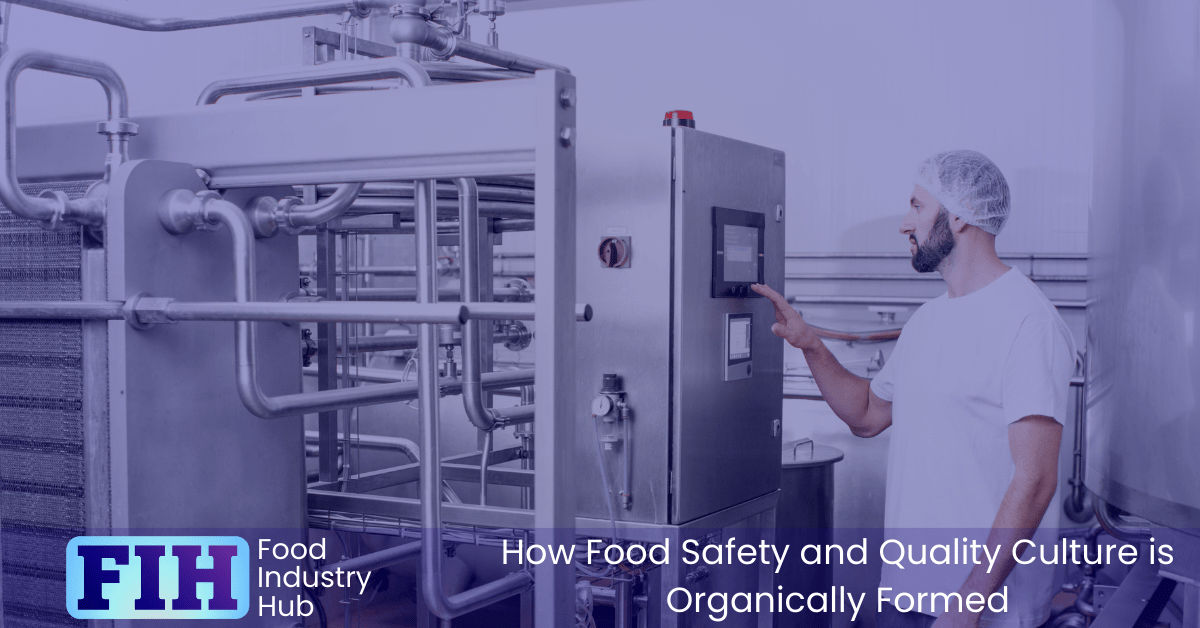
FAQ
How can management styles influence food safety and quality culture?
Management styles play a pivotal role in shaping the food safety and quality culture within an organisation. The way leaders interact with employees, make decisions, and communicate priorities directly impacts how these values are embraced and practiced throughout the workforce. Here’s how different management styles can influence food safety and quality culture:
Authoritarian Management Style:
An authoritarian management style, characterised by top-down decision-making and a strict hierarchy, can have both positive and negative effects on food safety and quality culture. On the positive side, swift decisions and clear directives can ensure immediate compliance with established standards. However, an overly authoritarian approach may stifle innovation and discourage employees from taking ownership of safety and quality practices. Employees might follow protocols simply due to fear of repercussions rather than a genuine commitment to excellence.
Consultative Management Style:
A consultative management style, which involves involving employees in decision-making processes and valuing their input, can greatly enhance food safety and quality culture. By engaging employees at all levels, this style fosters a sense of ownership and shared responsibility. Employees are more likely to identify risks, suggest improvements, and actively participate in quality initiatives. Cross-functional collaborations and open dialogue become the norm, leading to a culture where continuous improvement is embraced as a collective effort.
Transformational Leadership Style:
Transformational leaders inspire and motivate their teams to go above and beyond expectations. This style is particularly effective in shaping a positive food safety and quality culture. Transformational leaders lead by example, instilling a sense of purpose and dedication to upholding standards. Their visionary guidance encourages employees to embrace food safety and quality as core values, rather than just compliance tasks. This approach can create a culture where employees are motivated to continually seek excellence and innovate in pursuit of safer and higher-quality products.
Transactional Management Style:
A transactional management style relies on a system of rewards and punishments to drive performance. While it can ensure immediate compliance with standards, it might not be as effective in cultivating a culture deeply rooted in food safety and quality. Employees may only focus on meeting the minimum requirements to avoid negative consequences or earn rewards, rather than internalising the importance of safety and quality as integral to their roles.
Servant Leadership Style:
A servant leadership style places the well-being and growth of employees at the forefront. Leaders focus on supporting and empowering their teams, which can have a positive impact on food safety and quality culture. When employees feel valued and supported, they are more likely to take ownership of their roles, seek continuous improvement, and actively contribute to maintaining high standards.
In essence, the management style adopted by senior professionals significantly influences the food safety and quality culture within a food manufacturing company. By fostering a culture of collaboration, ownership, and shared commitment to safety and quality, leaders can create an environment where every employee is motivated to uphold the highest standards, ultimately ensuring the well-being of consumers and the reputation of the organisation.
How important is employee satisfaction for culture development?
Employee satisfaction plays a foundational role in the development of a positive and effective organisational culture, including a culture focused on food safety and quality. Here’s why employee satisfaction is essential for culture development:
Engagement and Commitment: Satisfied employees are more likely to be engaged and committed to their work and the organisation’s goals. When employees are satisfied with their roles, they are motivated to go above and beyond, take ownership of their responsibilities, and actively contribute to the culture. In the context of food safety and quality, engaged employees are more vigilant, attentive to detail, and dedicated to upholding standards.
Consistency in Practice: A satisfied workforce is more likely to consistently adhere to established protocols and best practices. When employees feel valued and content in their roles, they are more inclined to follow procedures meticulously and consistently, which is crucial for maintaining food safety and quality standards. A culture of employee satisfaction ensures that practices are not compromised due to lack of enthusiasm or engagement.
Open Communication and Reporting: Satisfied employees are more likely to communicate openly and honestly about challenges, near misses, and potential issues. In a culture of trust and satisfaction, employees are comfortable raising concerns, sharing feedback, and reporting incidents promptly. This transparent communication is essential for early detection and prevention of safety and quality risks.
Continuous Improvement: Employee satisfaction fosters an environment where continuous improvement is embraced. Satisfied employees are more receptive to change and innovation, contributing fresh ideas and actively participating in improvement initiatives. A culture of continuous improvement is integral to food safety and quality, as it enables the organisation to adapt to evolving standards and practices.
Retention and Talent Attraction: A culture that prioritises employee satisfaction enhances employee retention and attracts top talent. Satisfied employees are more likely to stay with the organisation, reducing turnover costs and ensuring stability. Additionally, a positive culture becomes a magnet for skilled professionals who seek a supportive and fulfilling work environment, further strengthening the workforce’s commitment to food safety and quality.
Positive Ripple Effect: Employee satisfaction has a positive ripple effect on customer satisfaction and overall organisational performance. Satisfied employees are more likely to deliver excellent customer service, ensure product quality, and uphold safety standards, directly impacting the organisation’s reputation and success in the market.
In the context of food safety and quality culture, where precision, consistency, and attention to detail are paramount, employee satisfaction is a foundational pillar. Senior professionals must prioritise creating an environment that values and supports employees, as their satisfaction directly contributes to the development of a robust food safety and quality culture. When employees are satisfied, they become champions of excellence, embodying safety and quality practices as intrinsic values in their daily roles.
In Summary
In the absence of deliberate alignment of values, attitudes, and behaviours throughout an organisation, it’s easy for the internal culture to develop in undesirable ways.
Understanding some of the factors that might have contribute to the existing culture enables you to decide if those factors are supportive of – or detrimental to – the culture you would like to nurture within your organisation.
From The Food Industry Hub Knowledge Centre
Featured pages from The Food Industry Hub Knowledge Centre:
Further Resources
Food Industry Hub serves the food industry with a range of digital resources for the benefit of both commercial food manufacturers and food industry professionals.
For food manufacturers, we offer integrated management systems that give every user a direct interface with your QMS.
For food industry professionals, we provide an extensive signposting service in addition to informational content we hope you’ll find useful as you face new professional challenges. We have very ambitious plans to expand the range of services offered, and currently present informational content on management, safety and quality, and professional success.

